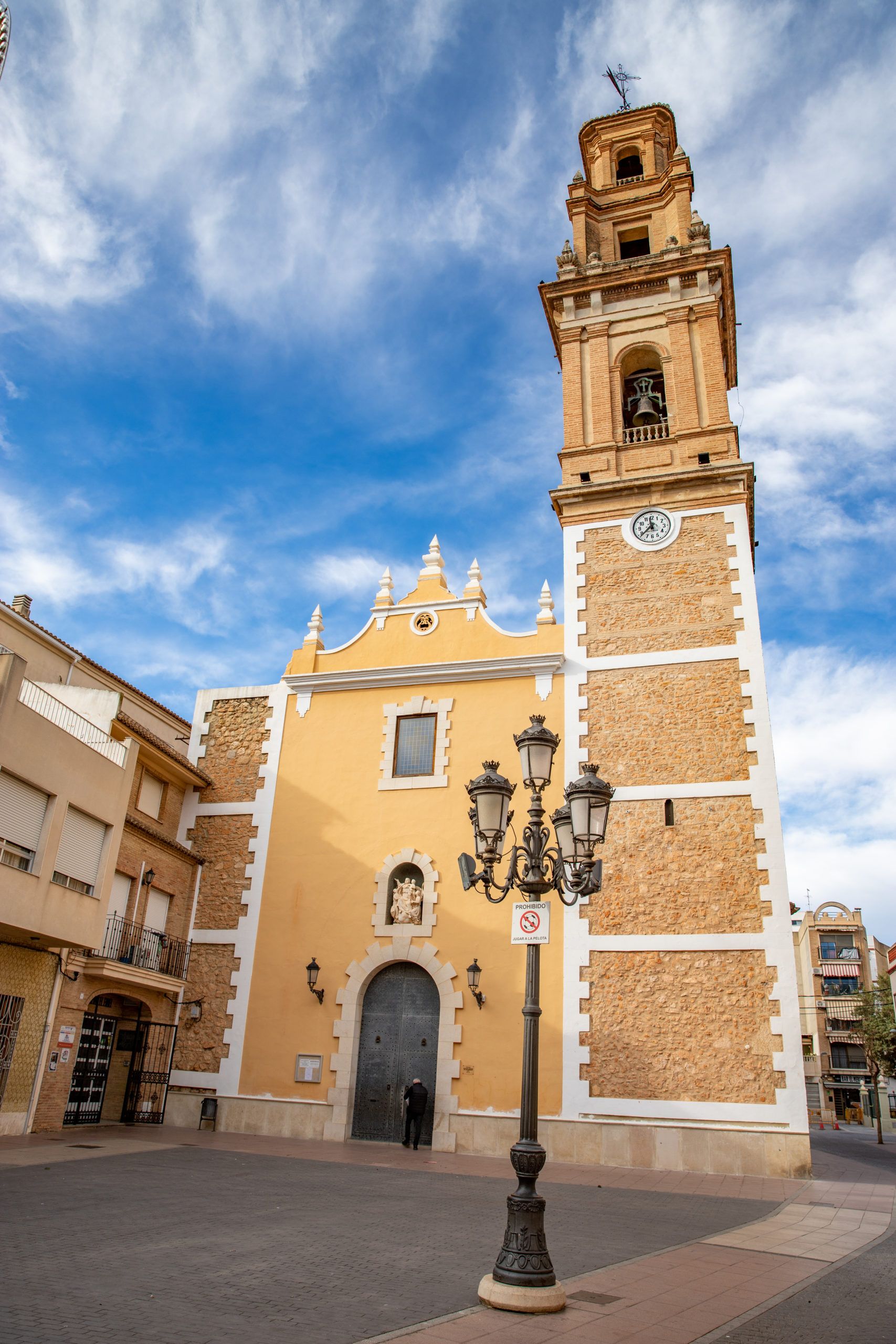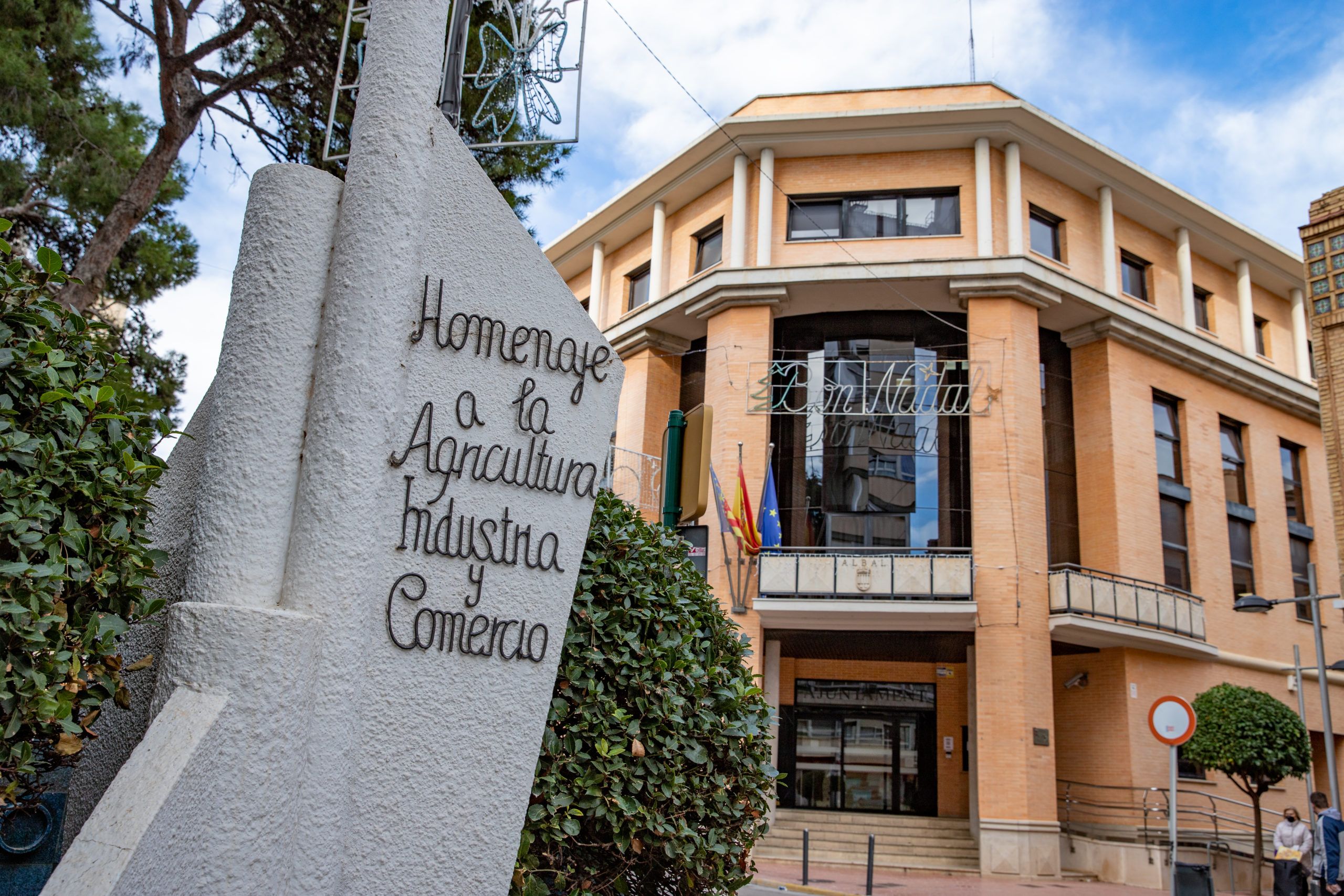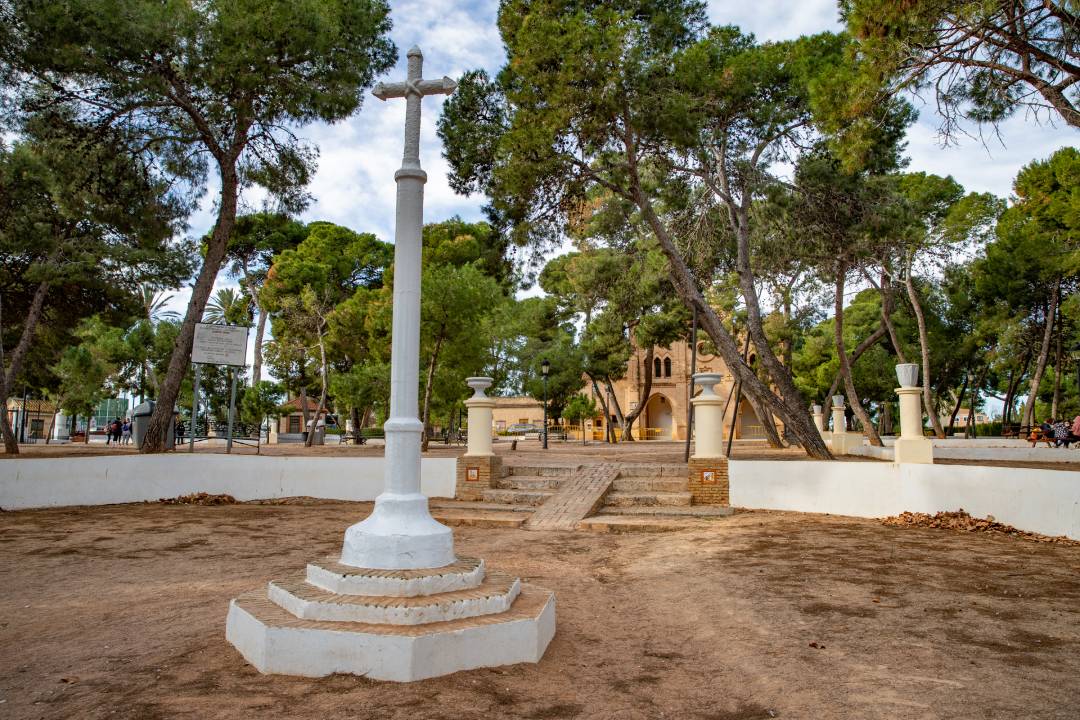Albal
Albal is located between the Albufera Natural Park and the final slopes of the Sierra Perenchiza range, some 8 km from Valencia. The village has a population of about 15,600 inhabitants, and is mainly focussed on agriculture (rice, orange, tangerines and vegetables), small industry, furniture making and the services sector.
Gastronomy:
The village is located in an administrative region famous for its rice, for the variety of its dishes and for the typical accompaniments or condiments with which it is prepared. Thus, its most notable dishes include paella, “l´arròs al forn” (baked rice) and “l’all i pebre”. The most typical local sweets are sweet potato cakes, “cama aci-cama allà”.
Places of interest:
The Hermitage of Saint Anne was founded by the lord of the village (cathedral council of Valencia) in order to commemorate an image of Saint Anne located in the trunk of an olive tree next to the location of its construction. It is currently an enclave devoted to rest, and gains particular importance during the main festivities. The façade is neo-gothic, although the main body is gothic, with a rectangular layout and semicircular arches. It is in good condition due to its recent restoration. “La Torre de Albal” is of Arabic origin, i.e., it is the oldest building in the village. It is a defensive building that was also used as a watchtower, as were most of the towers that we find throughout the province of Valencia. It has a square layout and its battlements can still be seen. It is currently in a good state of conservation following a recent restoration. It is also protected by the Spanish historical heritage conservation act. Notable religious buildings include the Church of Our Lady of the Angeles, which dates from the 17th century. Perhaps the most striking aspect of the Church is its central dome, with ribs connecting the buttresses. In spite of the various remodellings to which it has been subject, it is currently to be found in a good state of conservation.
Festivities:
The most important celebrations are those held in honour of Saint Blaise, the village’s patron saint, on 3rd February, and which include a pilgrimage to the hermitage, and the “replà” of Saint Anne, during which a typical “porrat” is offered. The main festivities are held between 26th and 28th July in honour of Saint Anne, and “Fallas” are celebrated in March with the mounting of seven “Fallas” monuments throughout the municipality. Additionally, festivities are held in honour of Saint Anthony the Abbott in January, and in honour of Saint Roche in August. As for neighbourhood and street festivities, mention may be made of the festivities held in honour of Saint Anthony and Saint Vincent, which are celebrated in the streets that bear their names.
Saint Blaise (3rd February), “Fallas” (15th to 19th March), Saint Anne (26th July). As in the rest of the province, the festivities include fireworks, masses, bull-running, processions, concerts, parades and street dances. Mention may also be made of “Las Albaes”, which are sung to the Festivity’s Queen and her Court. www.albal.es
Saint Blaise (3rd February), “Fallas” (15th to 19th March), Saint Anne (26th July). As in the rest of the province, the festivities include fireworks, masses, bull-running, processions, concerts, parades and street dances. Mention may also be made of “Las Albaes”, which are sung to the Festivity’s Queen and her Court.




